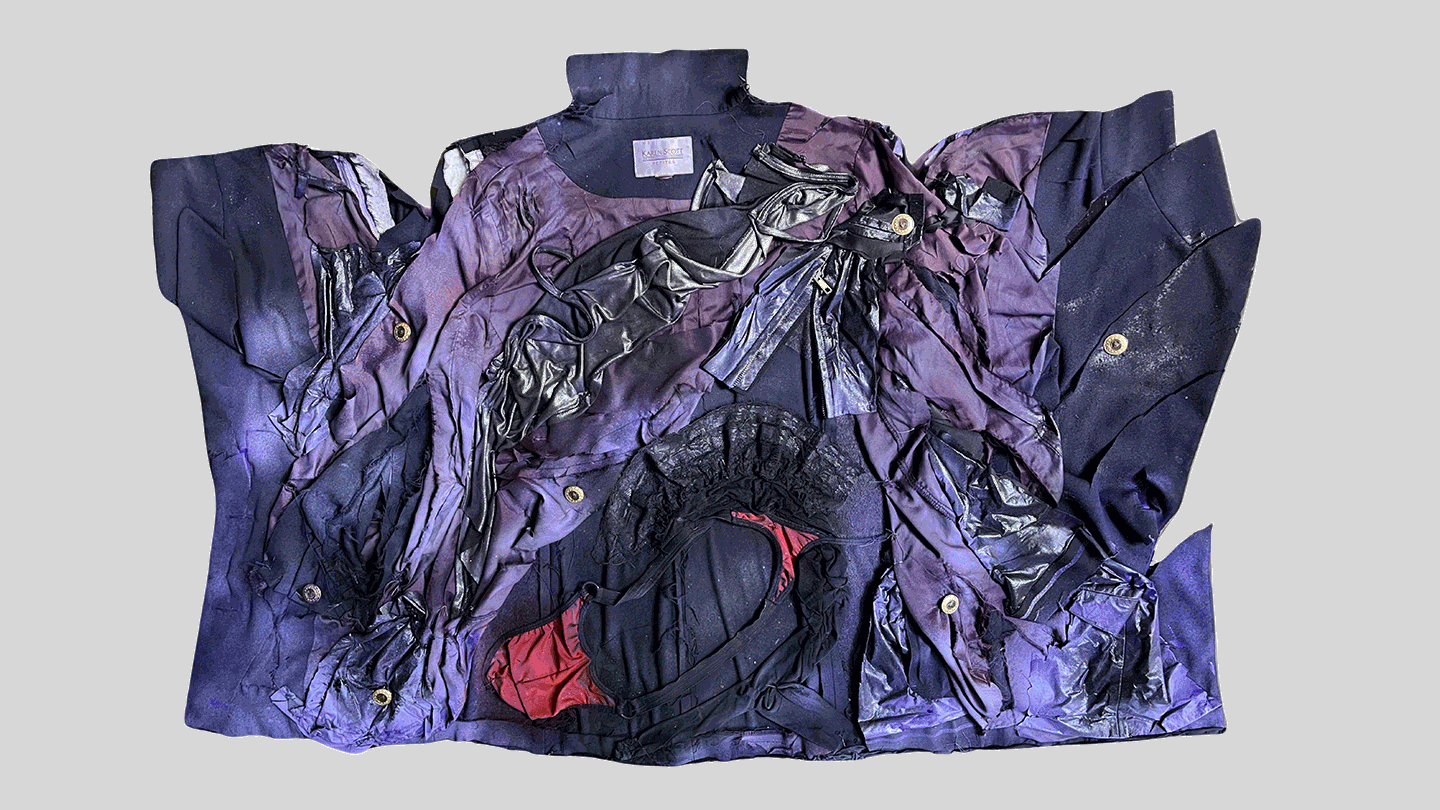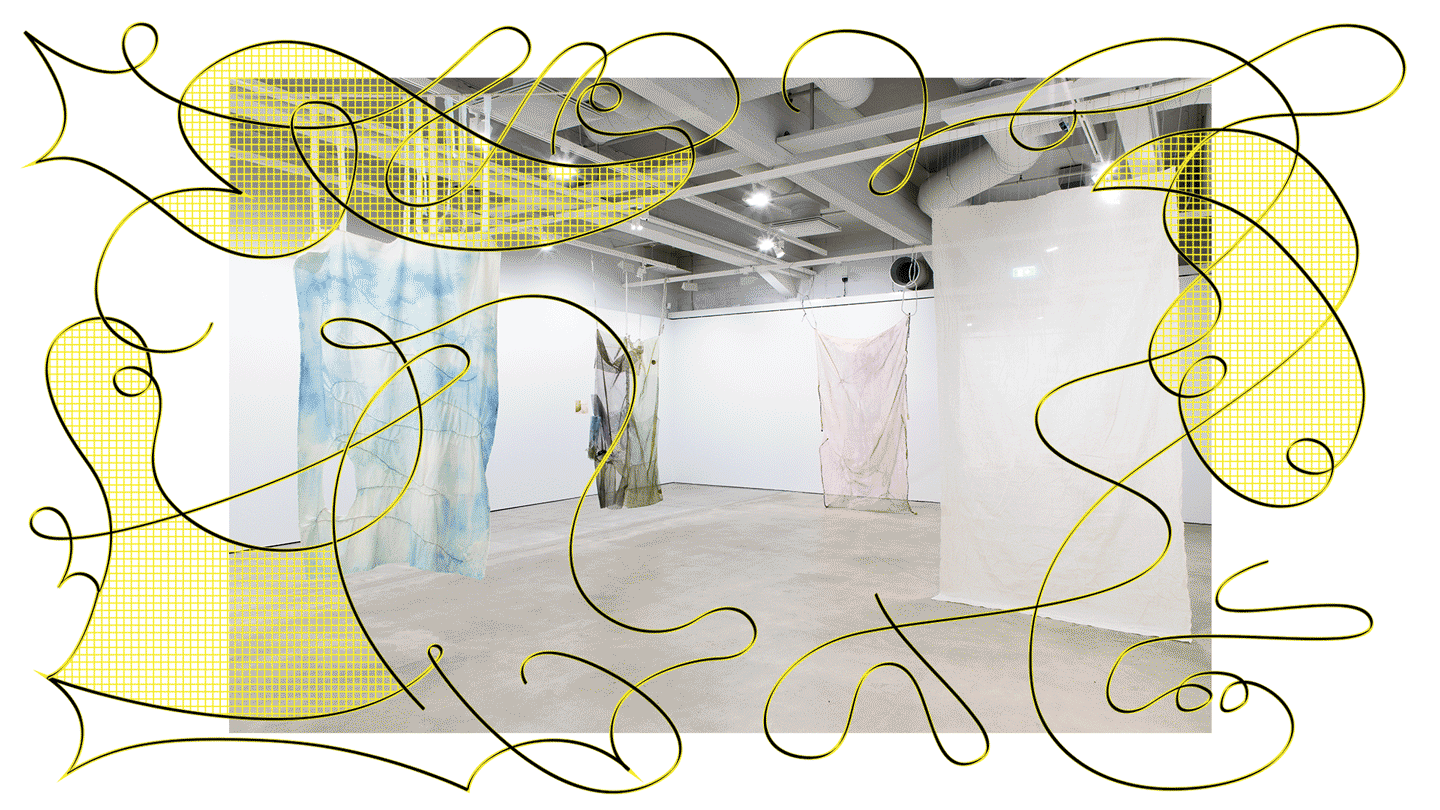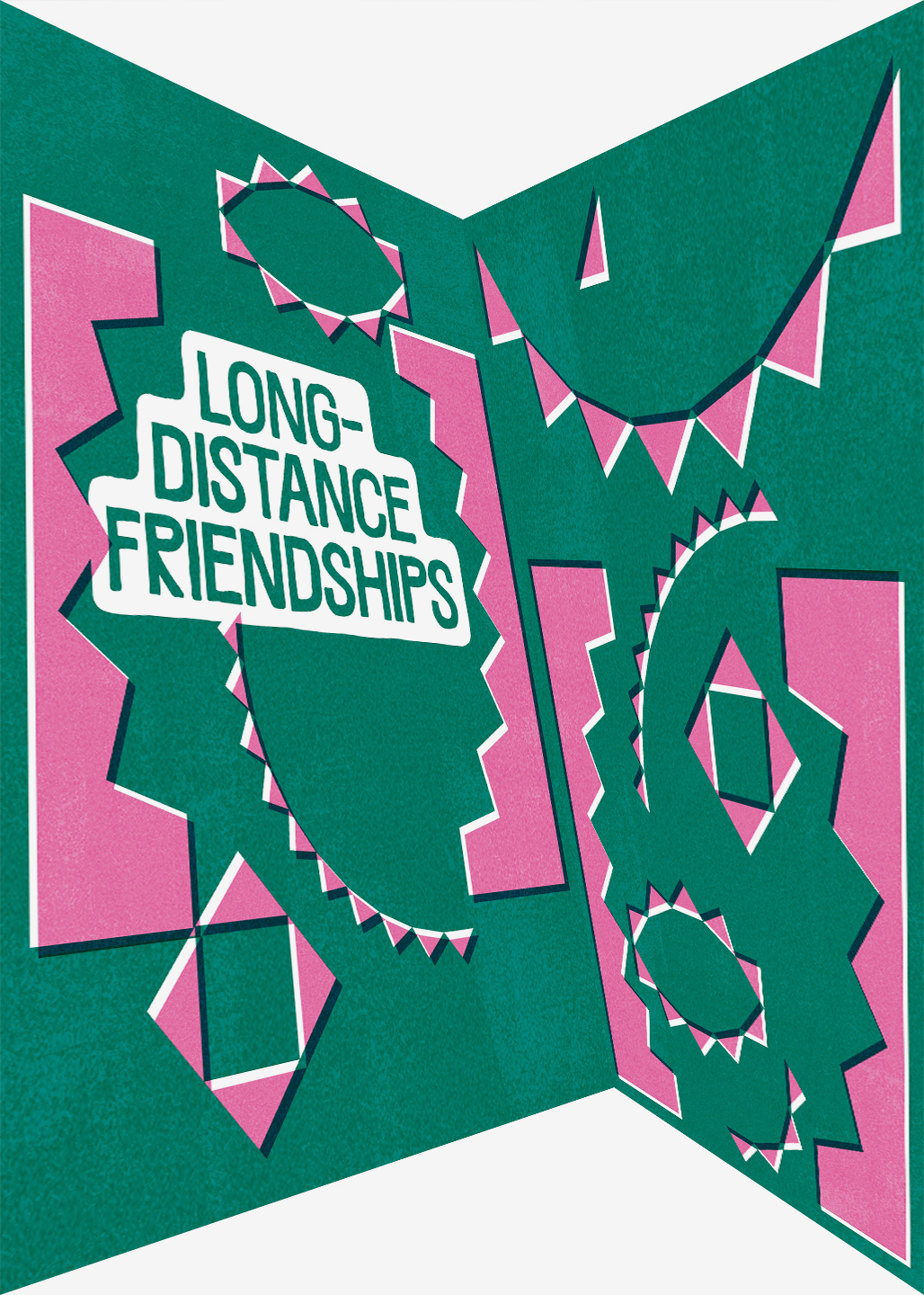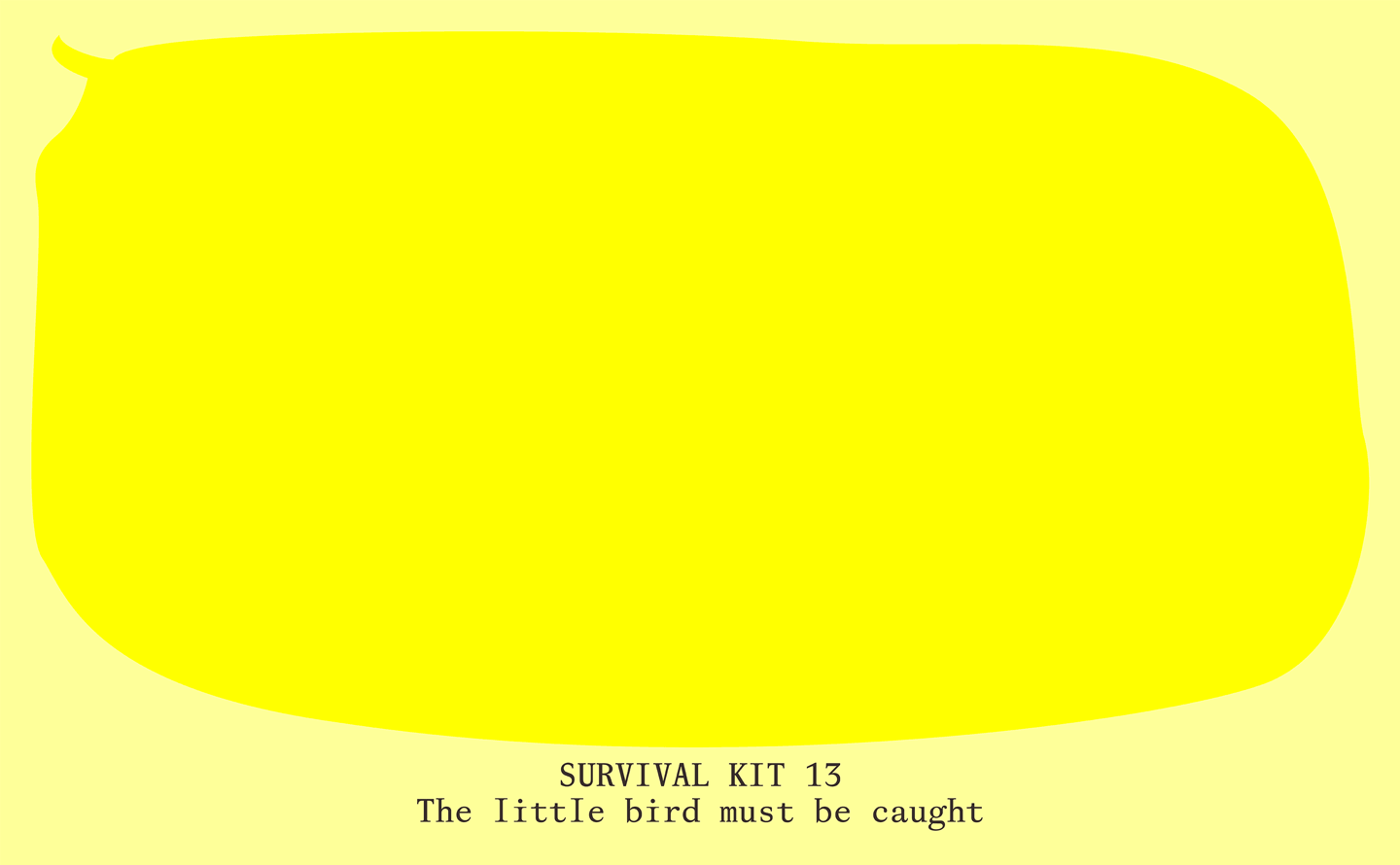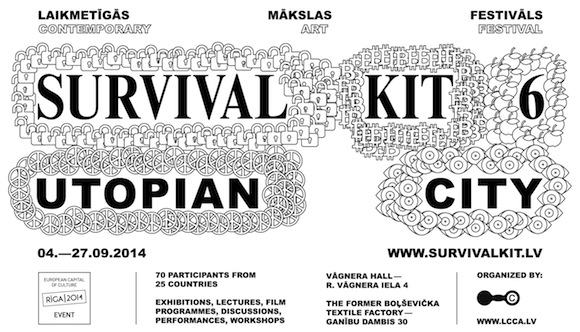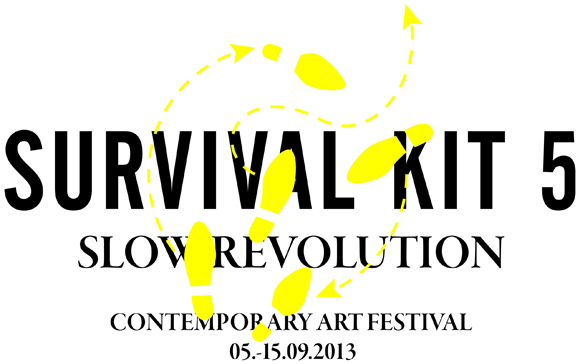August 30–September 28, 2025
Curated by: Slavs and Tatars and Michał Grzegorzek
The Latvian Centre for Contemporary Art announces the location and artists for Survival Kit 16: House of See-More, curated by Slavs and Tatars and Michał Grzegorzek. This year, the festival takes place in Creative City Grīziņdārzs, the former Riga Knitting Factory, located in an area that was once a remote, historic workers’ district but has since been reimagined as Riga’s new urban quarter. Survival Kit 16: House of See-More will take place from 30 August to 28 September 2025.
Director of LCCA, Solvita Krese, elaborates on this year’s location:
“This year, for the first time in its history, the Survival Kit festival will take place in a newly constructed building. Like the venues of previous editions, this space is also undergoing transformation, but it has already entered the next phase. The former Riga Knitting Factory is being reimagined as a new urban quarter: the creative city of Grīziņdārzs. Nestled between the railway station, major transport hubs, and industrial buildings, this area is being revitalised, transforming a once "placeless" place into a dynamic urban node. It now serves as a meaningful stop in Survival Kit’s ongoing process of mapping the city through creativity. “
The concept: Taking Simurgh—the mythical bird found across Eurasia—as a departure point, the annual international contemporary art festival in Riga will address the critical state of transnationalism via the flamboyance of the flaming bird, an understanding of liberation as both metaphysical and political.
From Aristophanes’ The Birds to Faruddin Attar’s The Conference of the Birds to the Latvian cycle of songs The Birds Wedding, winged creatures often come together, overcoming their respective limits as individuals, to achieve something larger than themselves. For Survival Kit 16, Slavs and Tatars and Michał Grzegorzek see in Simurgh a resolutely transnational creature as device—another means of defining a region extending from China to northern Ukraine, and “equally interested in the ecstatic as the electorally eligible.” Grzegorzek and Slavs and Tatars elaborate: “Where the eagle projects empire and nationalism, a lazy form of toxic masculinity, Simurgh is literally flaming, and non-binary, sometimes gendered as a woman, and of the next world, not this one. Epiphany often requires one to die before one dies: The legend offers House of See-More as an equal reflection and antidote to the blurred boundaries between the generative and the extractive, the analytical and the affective, the singular and the multiple."
Slavs and Tatars and Michał Grzegorzek, curators of Survival Kit 16: House of See-More, have invited 23 artists, publishers, performers, and educators, including Filipka Rutkowska, whose new textile works mobilize theatricality as a means of social navigation, a nod to the venue's previous life. The curators note: “Page-Not-Found co-director Ola Vasiljeva's new leggy light piece addresses questions of abundance and scarcity, in nutrition as much as sexuality, as much in 1980s Baltics as the rest of the world today. The icons of Femen co-founder Oksana Shachko (1987-2018) haunt a world still scared of the female body, if not being. Bekhbaatar Enkhtur's new feathered fauna made of wax, the material residue of Sufi elixir, honey, speaks to our no less engaging ephemeral pleasures. And if we needed any more examples of women as institutions, Luīze Nežberte’s consequential columns make up for the increasingly slippery floors and wars of our times.”
Full list of participating artists: As a Journal, Askhat Akhmedyarov, Demetrio Castellucci, Ali Cherri, Bekhbaatar Enkhtur, Shadi Habib Allah, Kexin Hao, Inese Jakobi, Edith Karlson, Roman Khimei & Yarema Malashchuk, Nadia Markiewicz, Enad Marouf, Daria Melnikova, Luīze Nežberte, Karol Radziszewski, Filipka Rutkowska, Sergey Shabohin, Malina Suliman, Sana Shahmuradova Tanska, Oksana Shachko, Marje Taska, Ola Vasiljeva, Lidija Zaneripa.
About the curators: Since its inception in 2006, the internationally renowned artist collective Slavs and Tatars has shown a keen grasp of polemical issues in society, clearing new paths for contemporary discourse as communion, via a wholly idiosyncratic form of knowledge production including popular culture, exhibitions, spiritual and esoteric traditions, oral histories, merchandise, modern myths, as well as scholarly research.
The work of Slavs and Tatars has been the subject of solo exhibitions at institutions across the globe, including the Vienna Secession; MoMA, New York; Salt, Istanbul; Albertinum Dresden, among many others. The collective’s practice is based on three activities: exhibitions, publications, and lecture-performances. Slavs and Tatars has published more than twelve books to date, including most recently their first children’s book, Azbuka Strikes Back with Walther und Franz König. In 2020, Slavs and Tatars opened Pickle Bar, a slavic aperitivo bar-cum-project space a few doors down from their studio in the Moabit district of Berlin as well as a residency and mentorship program for young professionals from the region.
Michał Grzegorzek is a curator and writer and recently appointed Program Director of Studio Gallery in Warsaw. His areas of interest include activities at the intersection of the performing and visual arts, as well as experimental exhibition formats. Since 2016, he has worked at the Ujazdowski Castle Centre for Contemporary Art, where he was a curator of performing arts. Together with Mateusz Szymanówka, he has developed research examining the relationship between contemporary performance and club culture. Since 2022, he has been co-curating Kem School, a programme of joint learning through experiments and reflection on social choreography, performance and methods of queer and feminist activities.
About Survival Kit: The contemporary art festival Survival Kit, comprised of a curated exhibition and an event programme, was initiated in 2009 as a response to the economic crisis affecting Latvia at the time. Each year, the festival's appointed curator (or curators) carefully selects the themes explored, inviting artists from around the world to offer alternative scenarios of survival. The festival's mission to critically investigate and reflect on the evolution of contemporary society has made it a key platform for the Latvian Centre for Contemporary Art (LCCA) to showcase its commitment to research, creation, and development of contemporary art processes in Latvia and internationally since 2000. Survival Kit's choice of venue is an integral part of the festival's identity, as it inhabits empty buildings in Riga, exploring their potential and possible development strategies that could be used to revitalize them. This year, embracing transformation and revitalisation taking place in the city of Riga, the festival takes place in the former Riga Knitting Factory.
Organisers and supporters: Survival Kit 16 is organised by Latvian Centre for Contemporary Art and supported by the Ministry of Culture of the Republic of Latvia, Riga City Council, and the State Culture Capital Foundation.
For press enquiries, please contact Alexia Menikou (international) or Dana Zālīte (local & Baltic)
